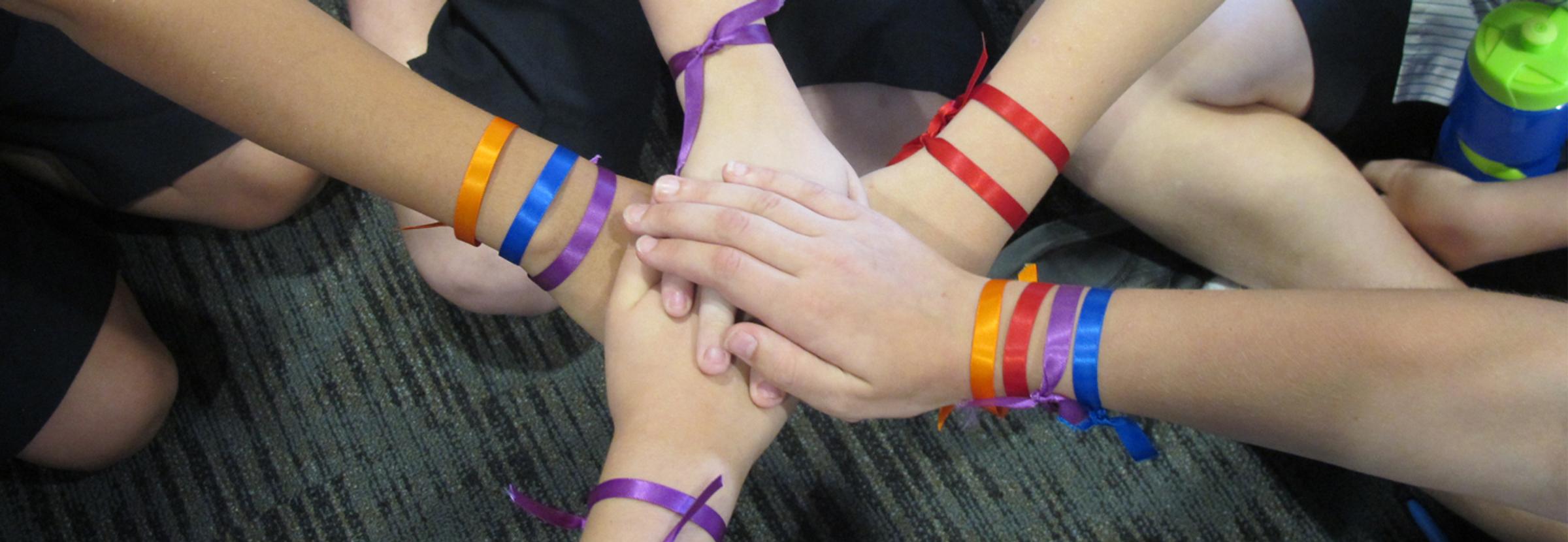Culture and Wellbeing

Risk Taking Behaviour- Healthy or Unhealthy?
We are constantly surrounded by risks and continuously need to make choices based around these risks. Should I walk home alone from my mate’s house late at night? Does it matter if I get into the car with a friend who drives recklessly? Should I go to that party? Life is full of choices, and as adults we make decisions based on knowledge and previous experiences. Adolescents, on the other hand, don’t necessarily have the knowledge or previous experience to always make the correct decision. During adolescence the brain is in development mode. It has all of the risk taking drive without much of the decision making capability. Child psychologist Andrew Fuller likens it to a ‘hotted’ up sports car without any brakes.
Dr Michael Carr-Gregg discusses teenage risk taking in his article 'The Adolescent brain is programmed for risk-taking' where he states, “teenagers flirt on the edges of danger and engage in risky behavior because they think they have a cloak of invulnerability around them” (Carr-Gregg, 2007). This is due to the frontal lobe of the brain not being fully developed yet. The frontal lobe is responsible for decision making, delayed gratification, impulse control and forethought. When you mix this with a fully firing limbic system that is in control of emotions and social awareness you have a recipe that can result in risk taking behavior fuelled by peer pressure that can be both healthy and unhealthy.
Does this mean we need to wrap our adolescents up in cotton wool and not allow them to experience life in order to keep them ‘safe’? As parents and educators, it is our responsibility to help educate our young people and give them the necessary skills and tools to make these decisions. This education starts in the home and is then supported by our curriculum here at school. We cannot always be there when these young people make decisions; therefore, we simply hope that the seed of knowledge we pass on will be enough for them to make the ‘right’ decision. Unfortunately we need to accept that, despite all the knowledge we pass on, young people are still going to make mistakes. We all did! Isn’t this part of learning?
Taking risks is natural and is necessary for personal growth. It is by taking these risks that we develop self-confidence and gain a greater understanding of our own identity. We could quite easily avoid taking risks and live a life within our own comfort zones but that really isn’t what we are born to do. We need to experience life and face our challenges and obstacles head on. It is only when we reach outside of our comfort zone, and experience an element of fear and risk, that personal growth can really occur.
In order to achieve success in life, taking risks will inevitably occur. We cannot reach our true goals without placing ourselves outside of our comfort zone and, at times, taking risks.
For more information on this topic of other studies by Michael Carr-Gregg or Andrew Fuller visit their websites www.michaelcarr-gregg.com.au - www.andrewfuller.com.au
Ben Crook
Year 9 Year Level Leader
